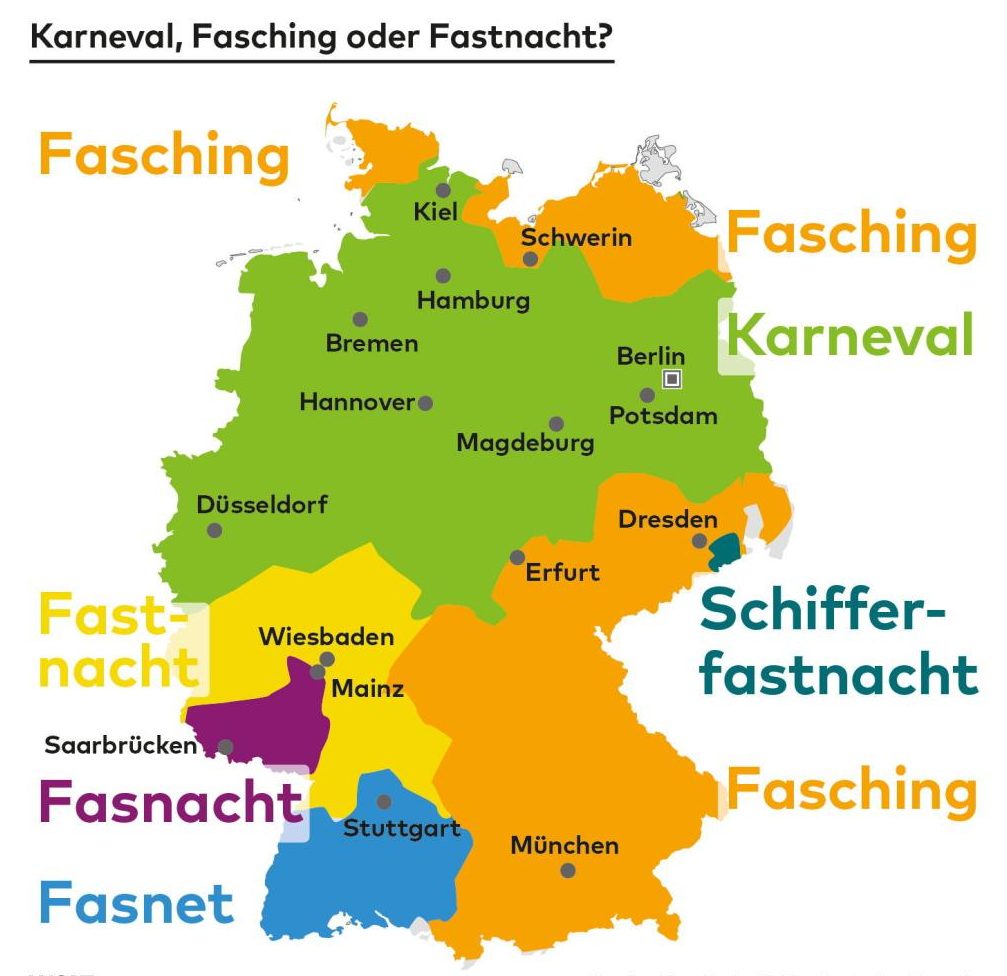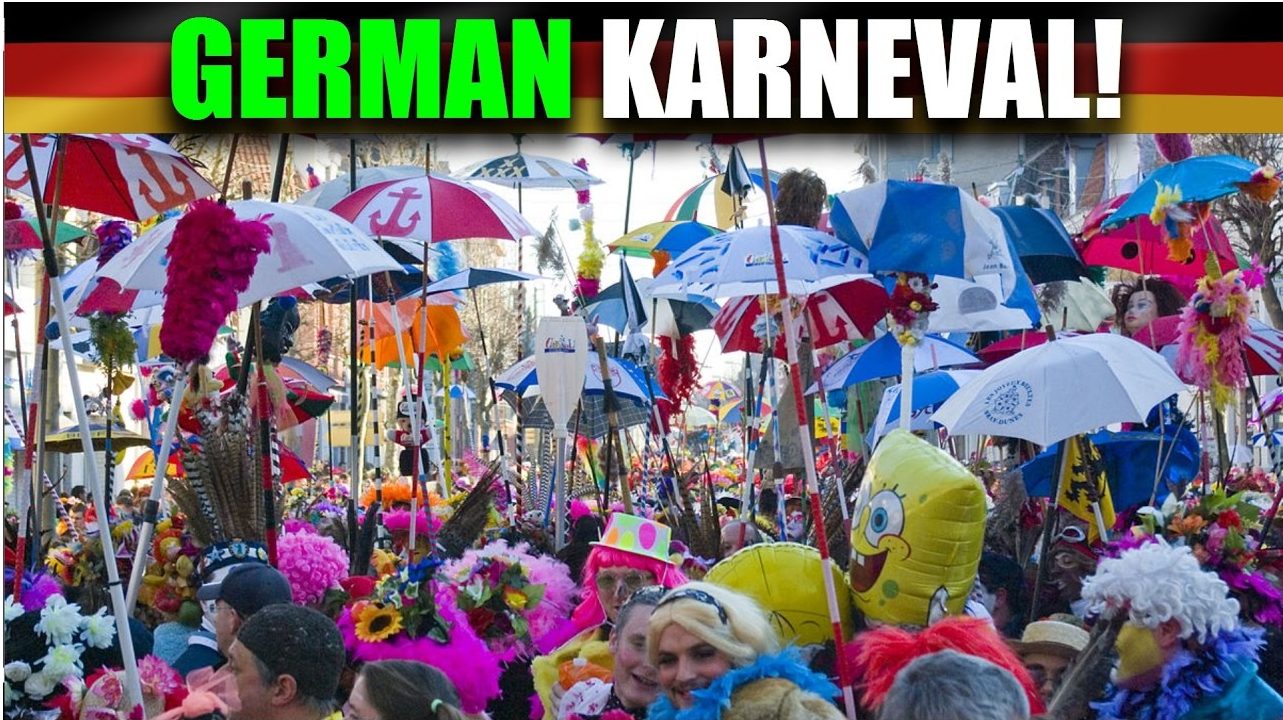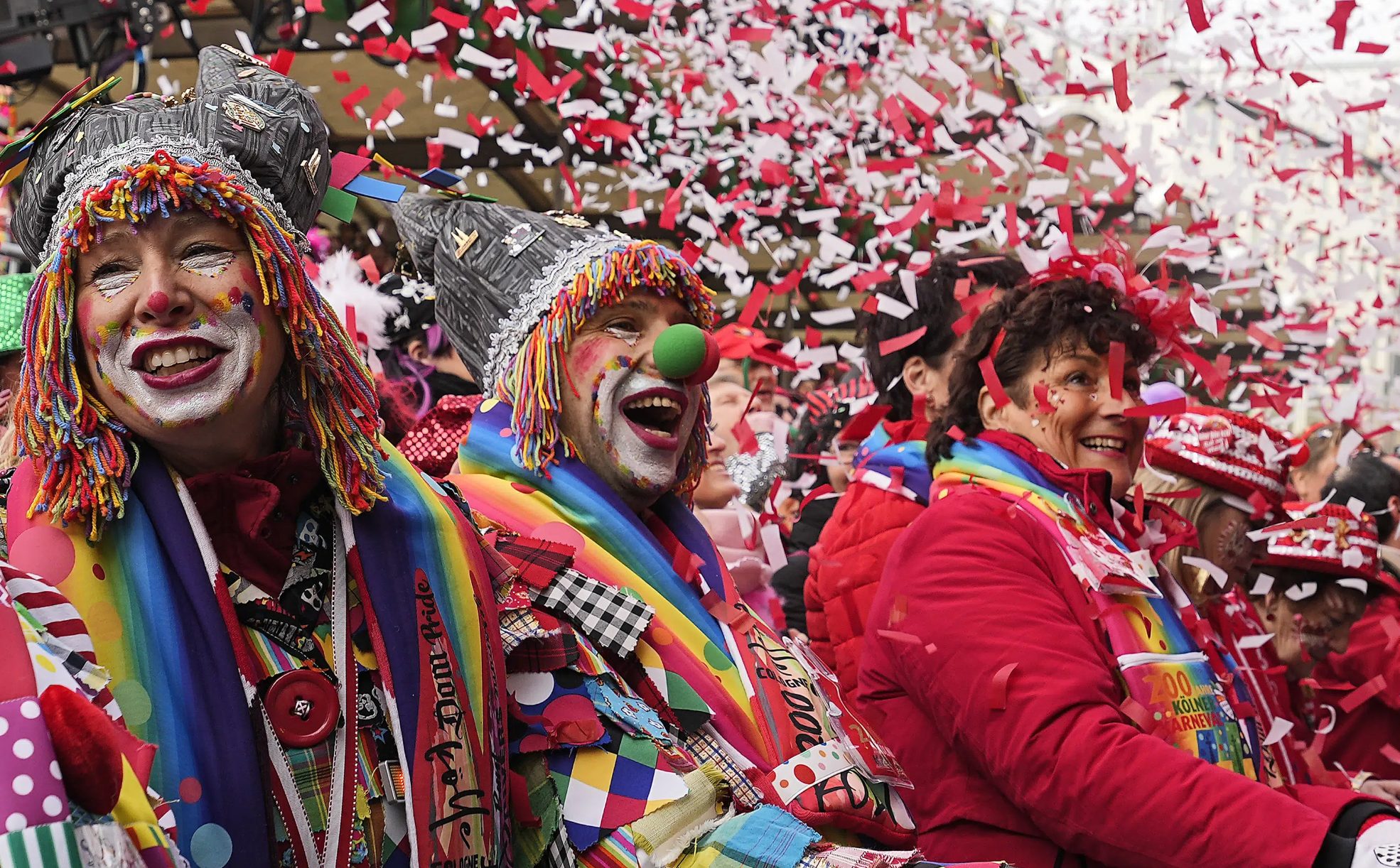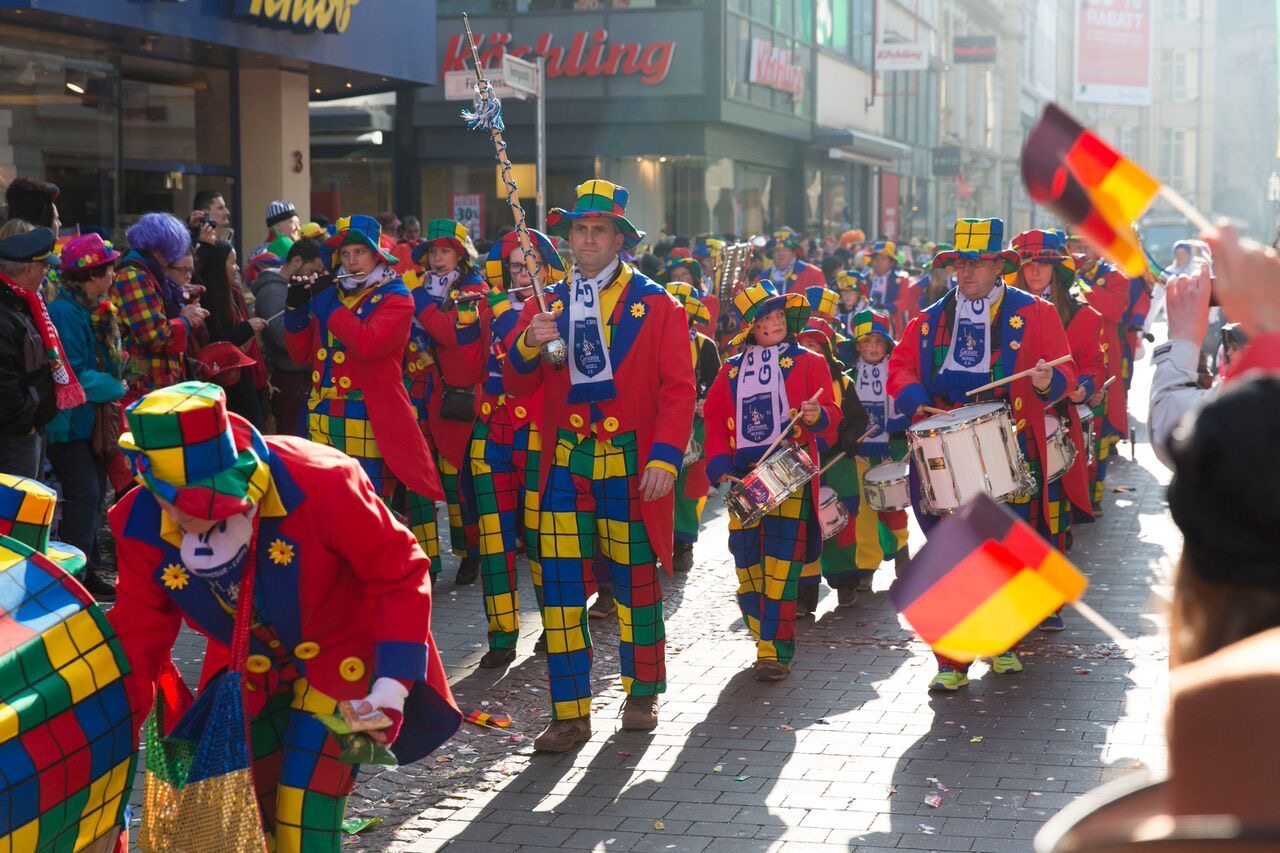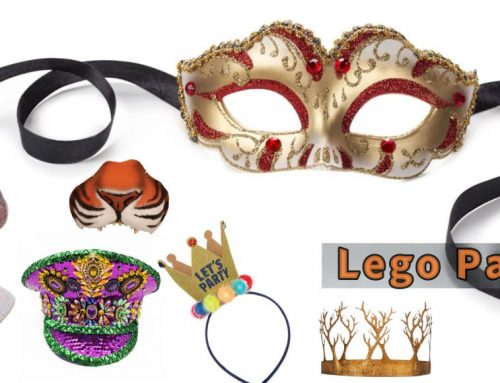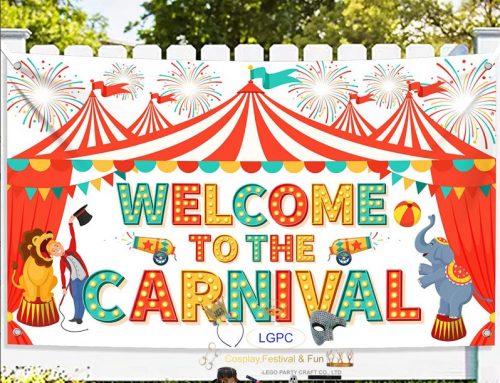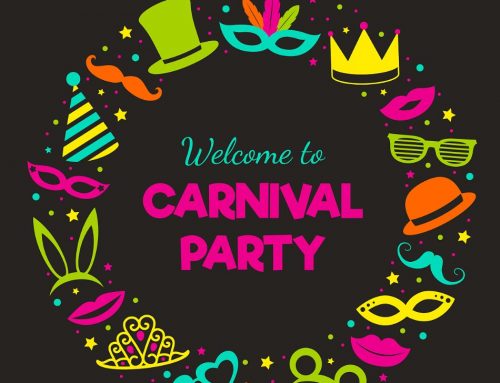German Karneval Mardi Gras. The food, the fun, the Fasching! Helau and Alaaf!
Firstly, it is known that three different words in German for “Carnival” or “Mardi Gras”, and it is Karneval, Fasching and Fastnacht. We know Mardo Gras is also celebrated in USA. Simply say that, Karneval is used for the Rhenish (Rhineland) version of carnival in northwest Germany (except in Mainz), while the word Fasching means the celebration in southern Germany and Austria. “The big day for Karneval is the Rose Monday parade, whereas the big Fasching parades are usually the day before, on Carnival Sunday. (The big final parade for Mardi Gras in New Orleans is on Shrove/Fat Tuesday.) But one of Germany’s biggest carnival parades takes place in the northern German city of Braunschweig, also on Carnival Sunday. Called “Schoduvel” (“scaring away the devil”)”, a blogger says that in 2023. Besides, Fastnacht, mostly used in Swabia and Switzerland, is also used in the northern city of Mainz.
You can learn more details as below.
The Geography of Fasching, Fastnacht and Karneval
Although the division is roughly north/south, where the three words are used is actually a bit more complex.
• Fasching: Austria (central, eastern), Bavaria (Munich, Würzburg); Berlin, Brandenburg, Saxony (Sachsen)
• Fastnacht: (Fasent, Fasnet, Fasnacht, Fassenacht) Arlberg (western Austria), Baden (Black Forest, Freiburg, Konstanz), Franconia (Franken, northern Bavaria), Hesse (Wiesbaden), Saarland, Mainz, Swabia, Switzerland (Basel, Bern, Lucerne, Zurich), Luxembourg (Fuesend, “fasting evening”)
• Karneval: Rhineland: Aachen, Bonn, Cologne (Köln), Düsseldorf
The principle of equality as an important reason for celebrating carnival.
To conclude, German Karneval Mardi Gras or Carnival (Karneval) has different names: Fasching, Fastnacht, and Fassenacht. But it all means one thing… fun! Germans consider this time “the fifth season” of the year, and it starts on November 11, or specifically, on 11.11 at 11:11 am. The festivity will reach its peak the following year with a six-day celebration that ends before Ash Wednesday (February 10). That’s right; it’s the last days of eating, drinking, and merriment before the start of Lent.
The carnival season has its strongholds in Germany’s Rhineland, Rhinish Hesse, North Rhine-Westphalia, Franconia, Lusatia and Baden-Württemberg, but is celebrated in other regions, as well.
(Copy from germantravel.com)
Hope you already know something about these carnival names. Let’s see some great pictures from Google.

Thus, from above pictures from the internet, it is known that the celebration is so much fun, also to be wild and be different. Classic costume, to match your unique mask, coloful wigs, wonderful hat and novelty eyeglasses, great jewelry, etc. To enjoy the great karneval, to be wild and happy.
In my opinion, I believe red, black and yellow color are displayed in all costume and accessories. Of course, it’s the color of German. Then rainbow color is the next. And add the ornaments that you like, such as sequin, glitter, pon ball, fruit, fkower, animal shape, vegetables, tree leaf, even seafish deco, etc. Just want to be another you. Be more creative!

